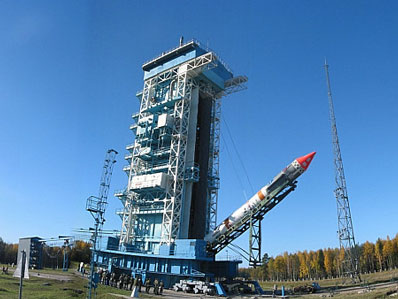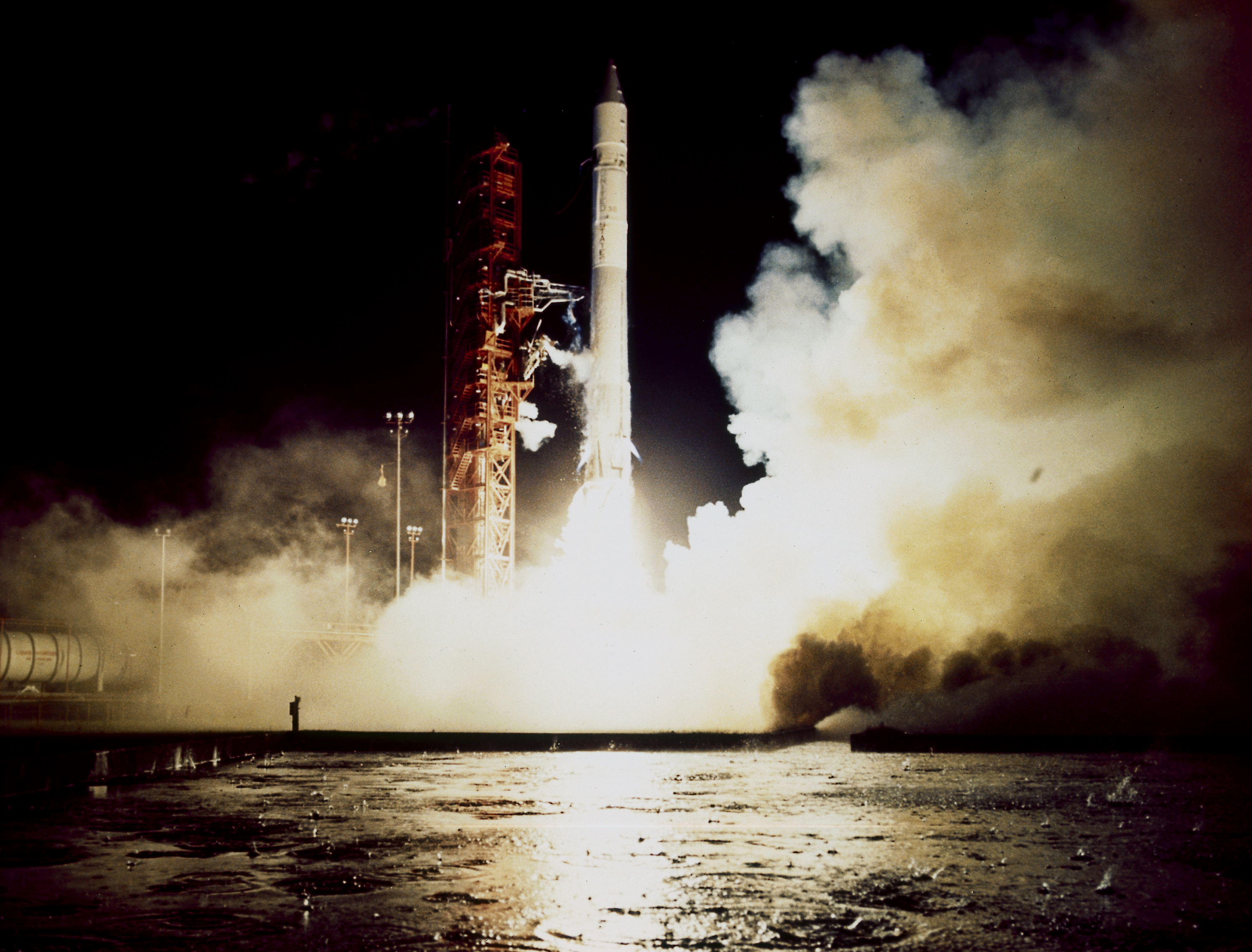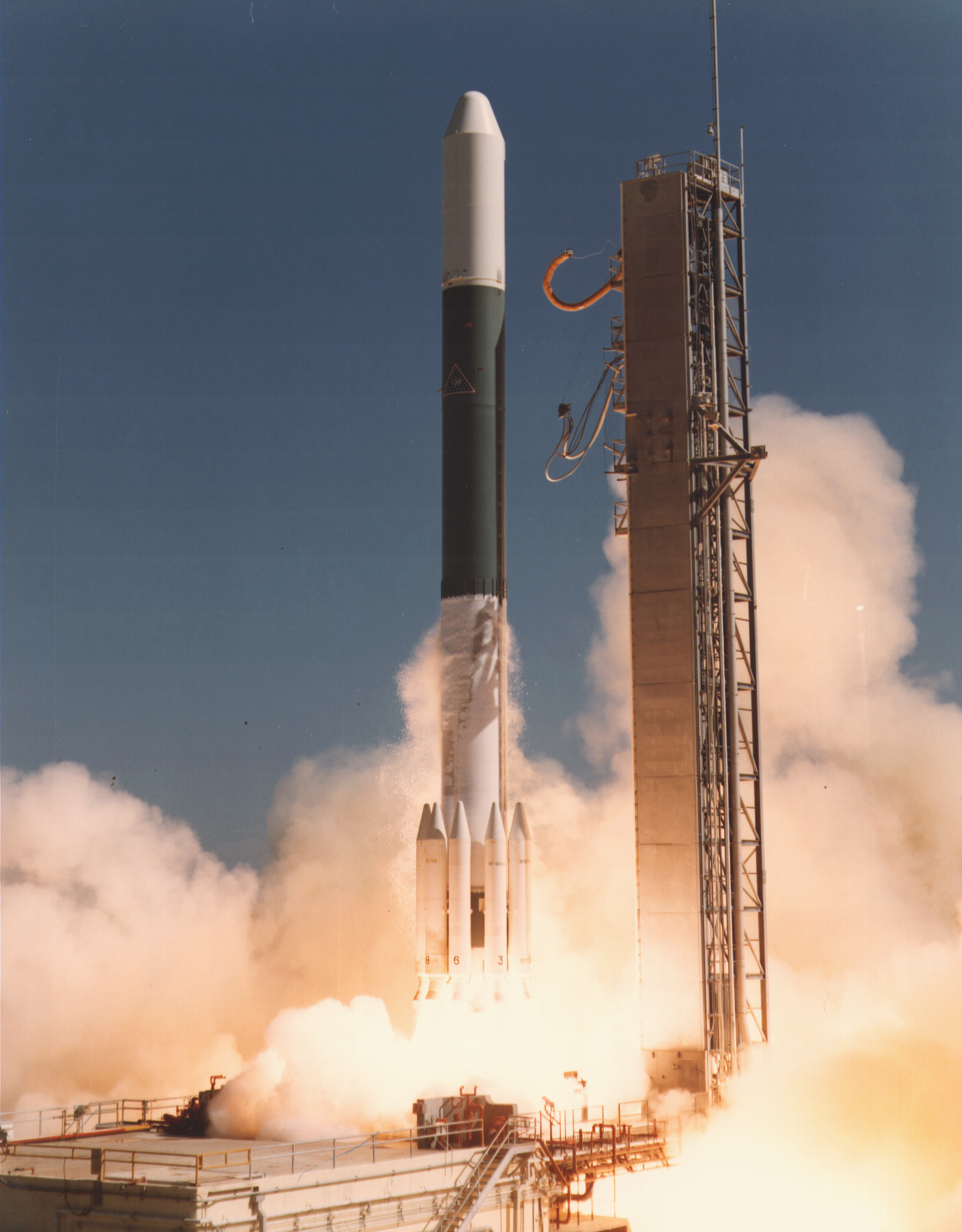Previous Spaceflight Launches
Filter by Agency, Locations or Vehicles
Show All LaunchesTitan 34B | Jumpseat 5
Lockheed Martin | United States of AmericaVandenberg SFB, CA, USA
Feb. 25, 1978, 5 a.m.
Atlas F/SVS | Navstar 1
Convair | United States of AmericaVandenberg SFB, CA, USA
Feb. 22, 1978, 11:44 p.m.
Kosmos-3M | Strela-2M 17
Russian Space Forces | RussiaPlesetsk Cosmodrome, Russian Federation
Feb. 17, 1978, 4:33 p.m.
N-I | Ume 2
Mitsubishi Heavy Industries | JapanTanegashima Space Center, Japan
Feb. 16, 1978, 4 a.m.
Soyuz U | Zenit-4MKM 12
Russian Federal Space Agency (ROSCOSMOS) | RussiaBaikonur Cosmodrome, Republic of Kazakhstan
Feb. 14, 1978, 9:30 a.m.
Atlas SLV-3D Centaur | FLTSATCOM 1
Convair | United States of AmericaCape Canaveral SFS, FL, USA
Feb. 9, 1978, 9:17 p.m.
Soyuz U | Zenit-4MT 13
Russian Federal Space Agency (ROSCOSMOS) | RussiaPlesetsk Cosmodrome, Russian Federation
Feb. 8, 1978, 12:15 p.m.
Mu-3H | Kyokko
Institute of Space and Astronautical Science | JapanUchinoura Space Center, Japan
Feb. 4, 1978, 7 a.m.
Soyuz U | Zenit-4MKM 11
Russian Federal Space Agency (ROSCOSMOS) | RussiaPlesetsk Cosmodrome, Russian Federation
Jan. 31, 1978, 2:50 p.m.
Delta 2914 | IUE
McDonnell Douglas | United States of AmericaCape Canaveral SFS, FL, USA
Jan. 26, 1978, 5:36 p.m.






